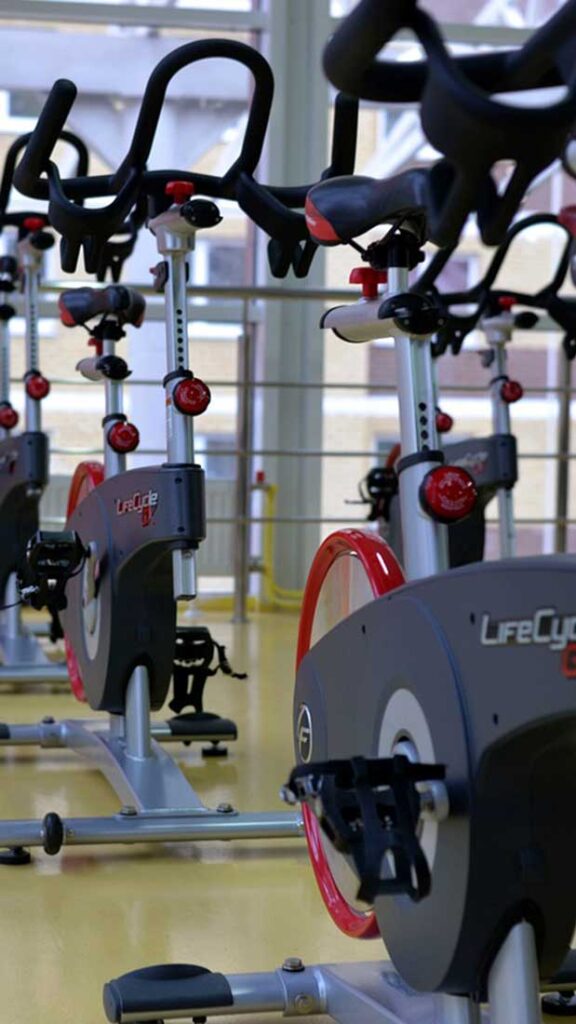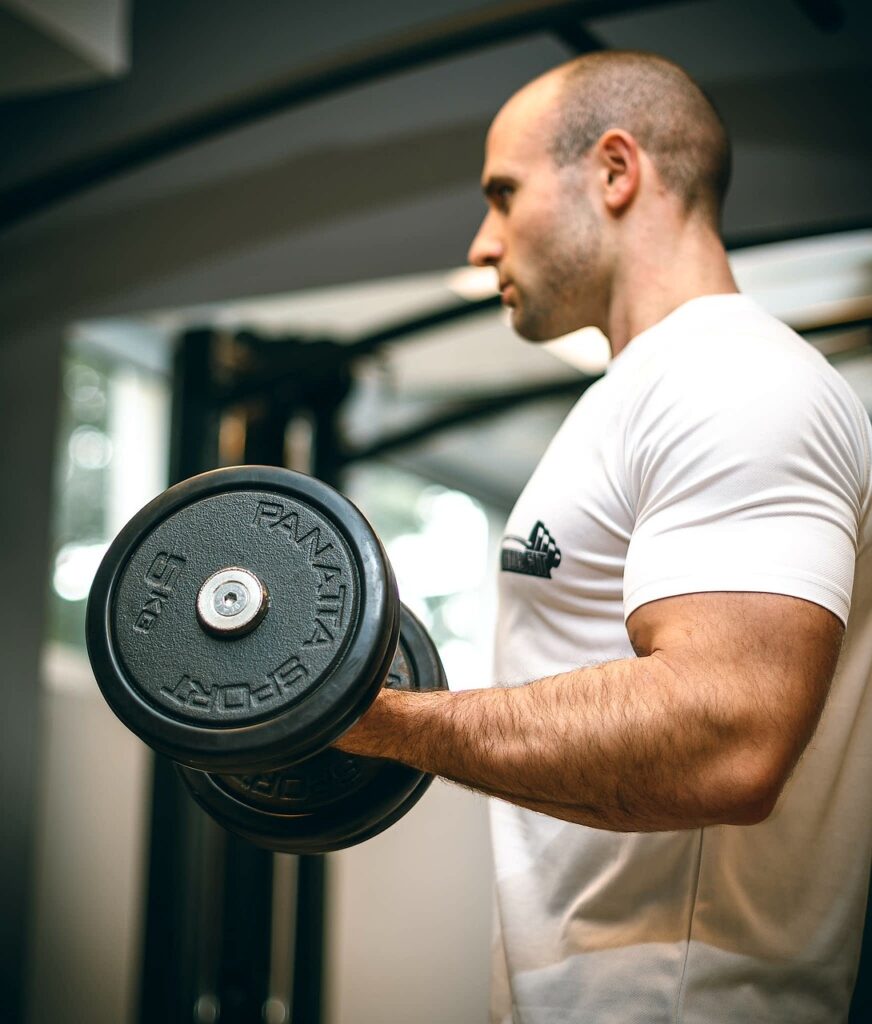
Introduction to Post-Transplant Exercise
After undergoing hair transplant surgery, many patients are eager to resume their fitness routines. This article will guide you on when and how to safely return to the gym, ensuring the best possible results from your hair transplant.
Understanding the Hair Transplant Healing Process
Before diving into post-transplant exercise routines, it’s essential to understand the healing process. This knowledge will help you make informed decisions about your return to physical activity.
Introduction to Post-Transplant Exercise
Initial Phase: First 10 Days Post-Transplant
In the first 10 days after surgery, it’s crucial to avoid any strenuous activities. Light exercises like walking or gentle cycling can be beneficial without causing harm to the new grafts.
Importance of Light Exercise
These light activities enhance blood circulation, which is vital for graft survival and healing.
Intermediate Phase: Days 11 to 20
After the initial ten days, you can gradually increase your exercise intensity. However, it’s still important to avoid heavy lifting or high-intensity workouts that might cause excessive sweating or strain.
Activities to Include
During this phase, moderate exercises like brisk walking, light jogging, or gentle yoga are recommended.
Advanced Phase: Post 20 Days
Once you cross the 20-day mark, you can start reintroducing more strenuous exercises such as weightlifting. However, always listen to your body and avoid overexertion.


The Benefits of Post-Transplant Exercise
Improved Blood Circulation
Exercise post-transplant plays a crucial role in enhancing blood flow, ensuring that the transplanted follicles receive the necessary nutrients.
Stress Reduction
Physical activity is a natural stress reliever, which is essential for a smooth recovery. Engaging in regular workouts can help alleviate anxiety and improve overall well-being.
Expedited Healing
An active lifestyle can speed up the healing process. Activities that stimulate the immune system and promote tissue repair are particularly beneficial.
Boosting Confidence
Exercising can significantly improve your self-esteem and body image, which is important during the recovery phase.
Hydration and Its Role in Recovery
Staying hydrated is a key aspect of post-transplant care. Adequate water intake, especially during workouts, is essential for maintaining scalp health.
Consultation and Customization
Personalized Advice from Your Surgeon
Before resuming your gym activities, it’s critical to consult with your hair transplant surgeon. They can provide tailored recommendations based on your individual healing process and the type of procedure you underwent.
Creating a Customized Exercise Plan
Based on your surgeon’s advice, create a workout plan that aligns with your recovery stage and overall health.
Additional Considerations for Post-Transplant Exercise
Monitoring Your Body's Response
Pay close attention to how your body responds to exercise post-transplant. Any signs of discomfort or strain should be taken seriously.
Balancing Exercise with Recovery
It’s essential to strike a balance between staying active and allowing your body to heal. Overexerting yourself can be counterproductive.
Conclusion: Embracing a Healthy Lifestyle Post-Transplant
Returning to the gym after a hair transplant is a journey that requires patience, understanding, and careful planning. By following these guidelines and consulting with your surgeon, you can ensure a safe and effective return to your fitness routine. Embrace this new phase with confidence, knowing that your commitment to a healthy lifestyle will complement the results of your hair transplant surgery.
Call Us Today for FREE Consultations
ASK A QUESTION

